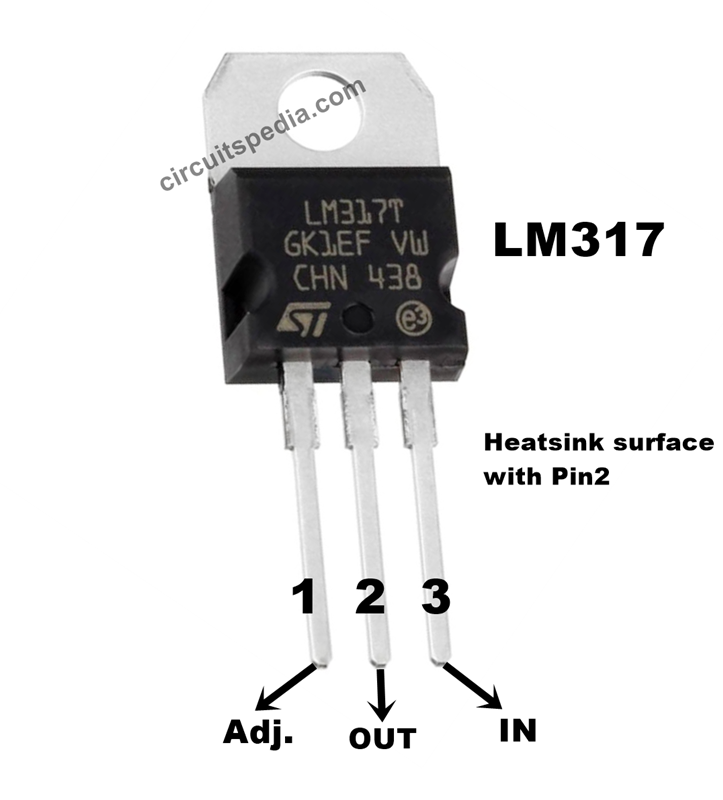Hello everyone. I’m new to the forum and relatively inexperienced with small circuitry. I am a tinkerer and know some basics. I want to build a power supply for the following application:
My wife collects powered snow globes. They are all battery powered but have an alternate power option dc port. They range from a couple at 7v down to most which are around 4v. A couple of the snow globes have small motorized parts but mostly the power is for small lights and electronic music so they are all pretty low amperage (the highest is 2.2 amp).
I have a couple power adapters that came with a few of the snow globes but mostly, I spend time loading batteries every year. I’d like a centralized power station. My project is a 110v ac to dc converter, which is simple; however, I want to build a single device with multiple dc power ports. Maybe that isn’t terribly complicated, but I want a few ports to be a set voltage (say 5.4v) and a few other ports to have a different set voltage, and have yet some other ports with adjustable voltage so I can accommodate new snowglobes in the future. In total, I’m hoping to have somewhere around 25 ports but if that is too many, I’d limit it to the maximum safe number of ports and build additional units as needed.
I’ve watched YouTube videos for a single port power adapter and I could certainly handle that kind of build, but I‘ve never found any videos about building even dual ports, let alone the configuration I’m proposing. I’m curious if I’m going to be dealing with major overheating issues and since I’ve never seen such a contraption for sale, I’m wondering if there are other issues I’m not even thinking of that makes this project a non-starter. If anyone has an opinion they’d be willing to share, I’m all ears. If it’s a feasible project, I think it would be a great starter project for me with some guidance from you all.
Thanks in advance, Dave.
My wife collects powered snow globes. They are all battery powered but have an alternate power option dc port. They range from a couple at 7v down to most which are around 4v. A couple of the snow globes have small motorized parts but mostly the power is for small lights and electronic music so they are all pretty low amperage (the highest is 2.2 amp).
I have a couple power adapters that came with a few of the snow globes but mostly, I spend time loading batteries every year. I’d like a centralized power station. My project is a 110v ac to dc converter, which is simple; however, I want to build a single device with multiple dc power ports. Maybe that isn’t terribly complicated, but I want a few ports to be a set voltage (say 5.4v) and a few other ports to have a different set voltage, and have yet some other ports with adjustable voltage so I can accommodate new snowglobes in the future. In total, I’m hoping to have somewhere around 25 ports but if that is too many, I’d limit it to the maximum safe number of ports and build additional units as needed.
I’ve watched YouTube videos for a single port power adapter and I could certainly handle that kind of build, but I‘ve never found any videos about building even dual ports, let alone the configuration I’m proposing. I’m curious if I’m going to be dealing with major overheating issues and since I’ve never seen such a contraption for sale, I’m wondering if there are other issues I’m not even thinking of that makes this project a non-starter. If anyone has an opinion they’d be willing to share, I’m all ears. If it’s a feasible project, I think it would be a great starter project for me with some guidance from you all.
Thanks in advance, Dave.




